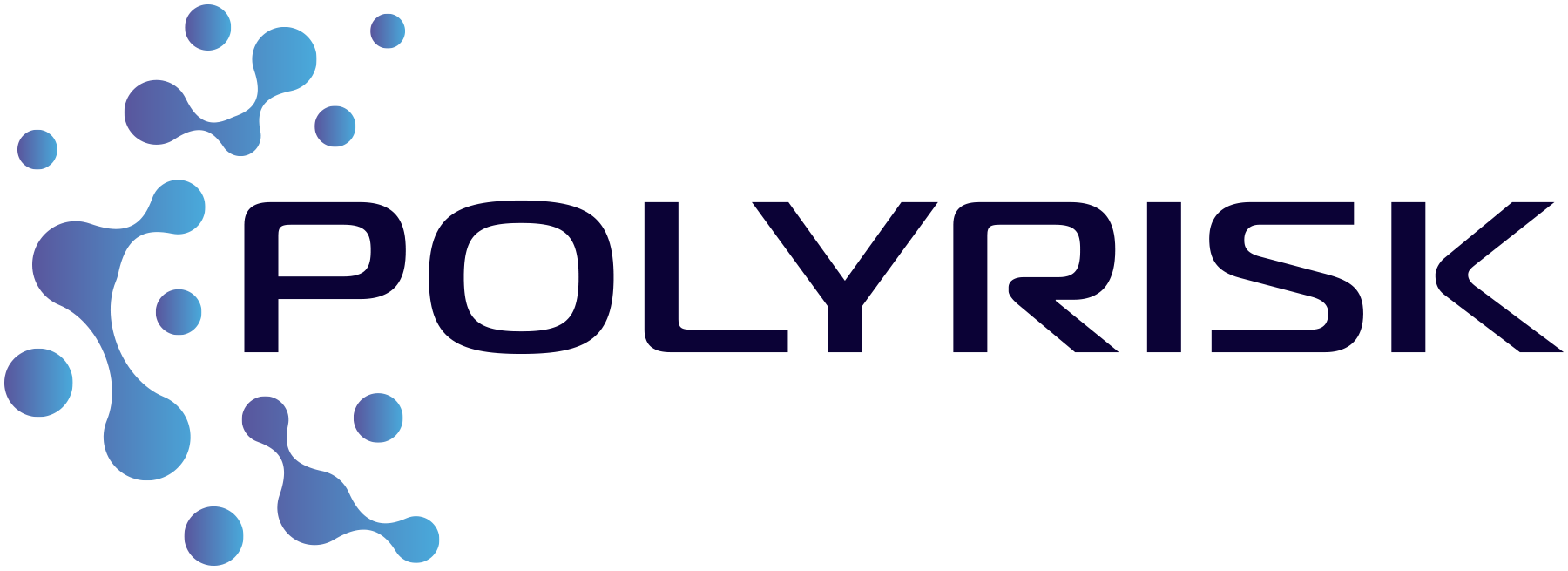Researchers representing 15 partner organisations met for the first time (due to corona pandemic) in person on 9-11 May 2022 at a hybrid event to celebrate the first POLYRISK general assembly, hosted by Utrecht University. Over 35 partners attended in person and several others joined the discussions online. The focus of the 3-day event was to review progress to date, identify challenges and carry out planning activities until the end of the year.
The meeting included presentations by the different research teams, working group discussions and breakout sessions to go over how partners could coordinate, share data and samples obtained across different pilot studies, and proceed with analysis.
To date, a set of pilot studies have been carried out in the framework of human exposure studies intended to contribute to better understanding of link between exposures to, and immunotoxicological effects of micro and nano-plastics (MNPs). These studies are based on 5 pre-defined scenarios. So far pilot studies have been performed to collect air samples at indoor soccer playgrounds with rubber turfs, at outdoor traffic exposures, and at textile sector factories to assess the presence of airborne polymer particles. Later this year, exposure and immunological effects will be assessed in healthy volunteers (soccer players or cyclists) or textile workers. In the coming months, partners will start working on defining the protocol for a study on bottled drinking water in order to characterize MNP content of water available on market. These scenario studies, together with a series of studies to chemically characterize MNP exposure and to test standard and collected MNP on immune cells, will form the basis for human risk assessment (HRA) approaches for MNP.
In view of HRA strategies, a specific session was dedicated to learn about nano-toxicity and safety issues, where the importance of conducting studies with multiple exposures was highlighted because we are exposed to different plastics from several sources on a daily basis, and at different concentrations.
Exchanges also centered around possible collaborations with projects at the national level and ways to exchange views and practices with other projects under the CUSP network.
